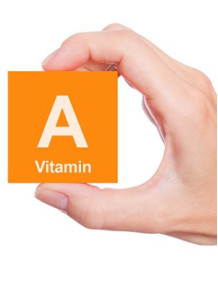Retinal (Retinaldehyde)
- Product Code: 942
Vitamin A (Vitamin A) Retinal type (also known as Retinaldehyde) is vitamin A. The most effective that the FDA is allowed to be used in cosmetics.
Vitamin A (Vitamin A) Retinal type (also known as Retinaldehyde) is vitamin A. The most effective that the FDA is allowed to be used in cosmetics.
Vitamin A (Vitamin A) Retinal type (also known as Retinaldehyde) is vitamin A. The most effective that the FDA is allowed to be used in cosmetics. Because it can be converted to Retionic Acid in one natural process by the skin (can be converted faster than Retinol, therefore more effective than Retinol).
At present, vitamin A is still the only cosmetic ingredient that is clinically recognized as effective in Anti-Aging and can reduce skin wrinkles.
Retinal when applied to the skin It will be converted to Retionic Acid, which is vitamin A in the form that the skin is ready to use.

Retinal-based products must be packaged in a package that protects the formulation from light, as Retinal deteriorates when exposed to light.
recommended use Protec™ OX and Protect™ UV and Protec™ SQ or Bakuchiol* in the formula to help protect Vitamin A from deterioration (click on Protec™ SQ To verify the research results on the stability of Vitamin A group)
*According to research results " Bakuchiol to Stabilize Retinol and Polyunsaturated Lipids" by Boxin Ou, PhD, International Chemistry Testing, Milford, MA USA, using Bakuchiol at 2% Retinal rate in formula
Retinal-based formulations should be in oil-in-water form only to avoid retinal exposure to air.
in the mixing process Please avoid heat in production. If the recipe requires heat in the mixing process, please add Retinal at the end. Blend to dissolve into the recipe. without being exposed to heat
Experimental results on the skin using Retinaldehyde 0.5% for a period of 1 month on the forearm area.

Figure a shows the keratin layer in the skin, where v is the vehicle and r is retinaldehyde 0.5%. 1 month, the level of keratin is clearly thickened.
picture b represents the class of skin transglutaminase, where v is vehicle and r is retinaldehyde 0.5%. transglutaminase Clearly thickened
picture c represents the layer of involucrin in the skin where v is vehicle and r is retinaldehyde 0.5%. involucrin Clearly thickened
picture d represents a layer of filaggrin in the skin, where v is vehicle and r is retinaldehyde, 0.5%. 1 month, filaggrin levels are clearly thickened.
Use: For anti-wrinkle products in the form of serums, lotions or creams.
How to mix: Mix in the oil Avoid using heat. Formulation should have pH in the range 3.5-6.5, Formulation should have ActiveProtec™ OX 1% Always, should use Vitamin B3 together, because research results showed that the use of Vitamin B3 Together with Retinal, the skin is more resistant to irritation from Retinal, making Retinal more effective.
Utilization rate: 0.01-0.1% (recommended 0.05%, warning: using more than 0.1% causes skin irritation. can be dangerous)
Product characteristics: Dark red-brown flakes (Brown-Red Crystal) deteriorate quickly when exposed to UV light.
Solubility: can dissolve in oil
Storage: For long-term storage Freeze or store in the refrigerator. (If it can be frozen please freeze) Do not expose to light, heat, seal the lid tightly, avoid exposure to air.
INCI Name : Retinal
Examples of products that use Retinal as the main component of the formula.
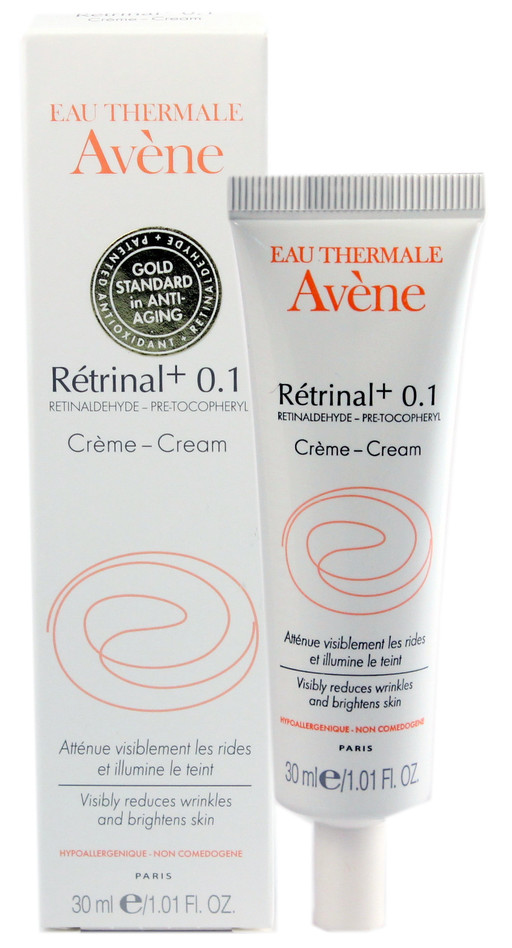
Avene Retrinal Plus 0.1
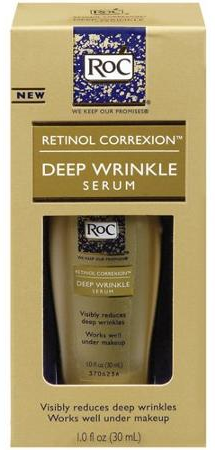
RoC® RETINOL CORREXION®
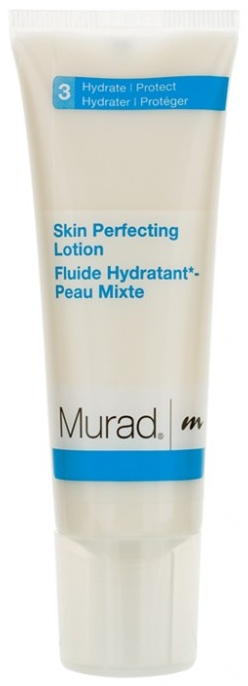
MURAD Skin Perfecting Lotion
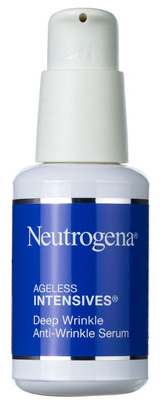
Neutrogena Ageless Intensives Deep Wrinkle Anti-Wrinkle Serum With Retinol
| Mechanism | - |
| Appearance | - |
| Longevity | - |
| Strength | - |
| Storage | - |
| Shelf Life | - |
| Allergen(s) | - |
| Dosage (Range) | - |
| Recommended Dosage | - |
| Dosage (Per Day) | - |
| Recommended Dosage (Per Day) | - |
| Mix Method | - |
| Heat Resistance | - |
| Stable in pH range | - |
| Solubility | - |
| Product Types | - |
| INCI | - |
Purchase History for
Cart
No products



